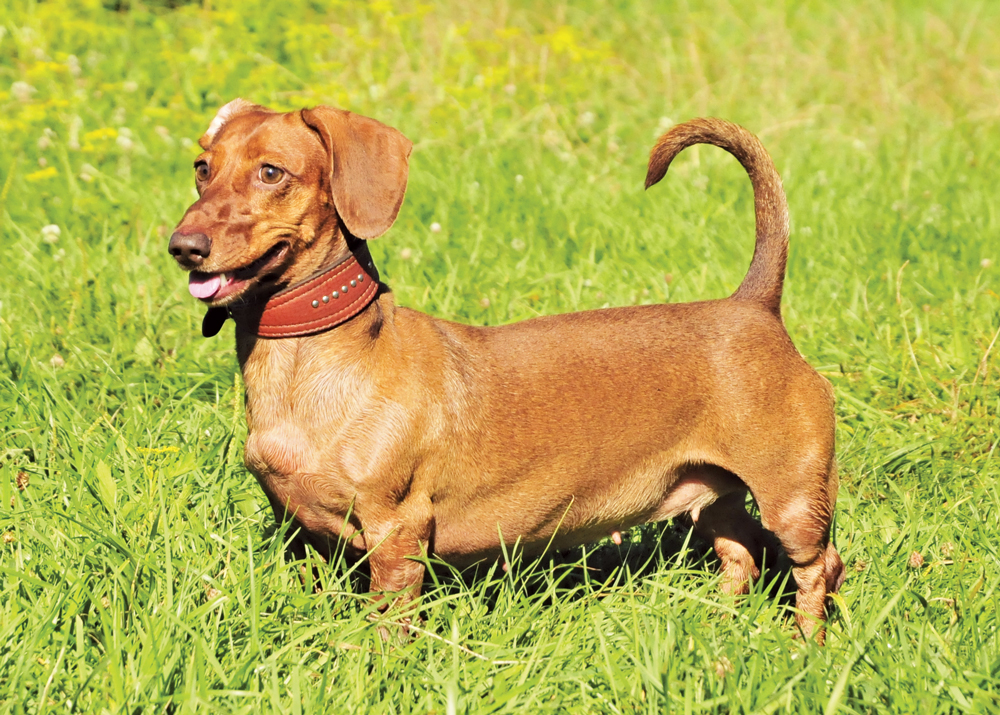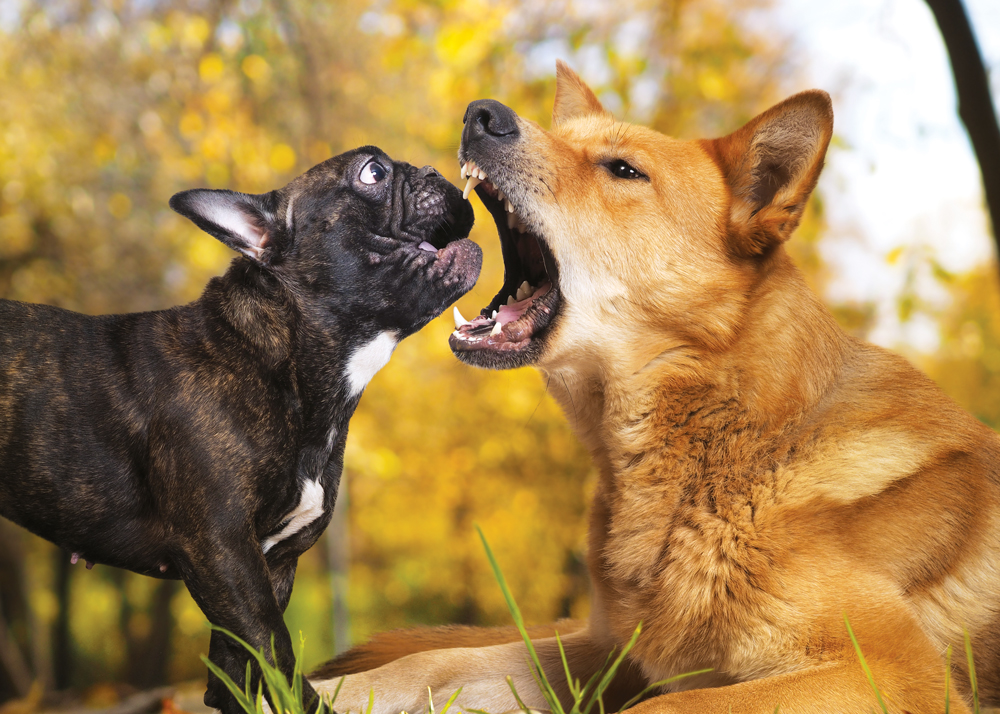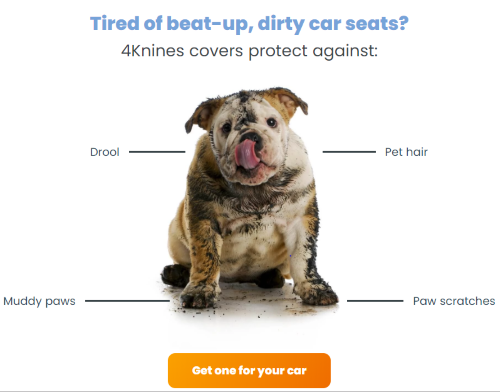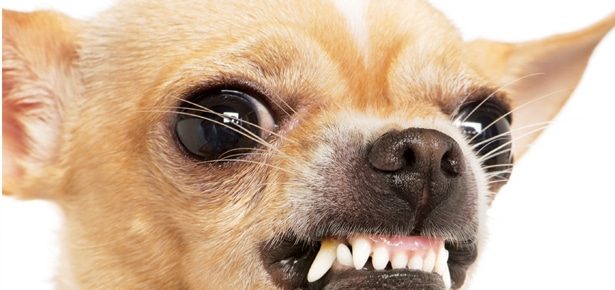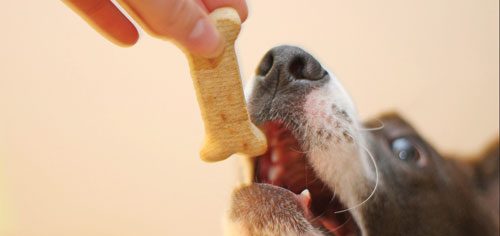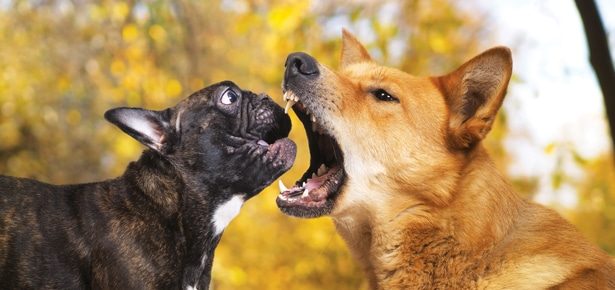
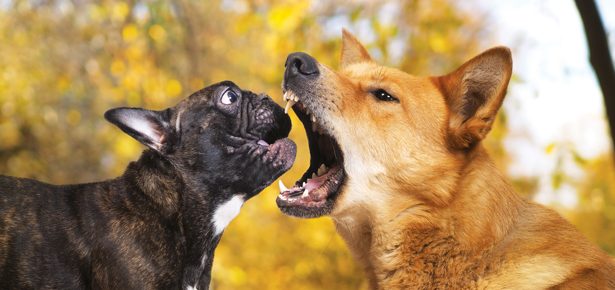
4 Commonly Misread Dog Behaviours Explained!
Four commonly misinterpreted dog behaviours explained
Often Misinterpreted Dog Behaviours Explained
Most savvy dog owners are fairly adept at reading canine body language and correctly interpreting vocalizations. But still, there can sometimes be confusion when it comes to certain signals and behaviours. The four that follow are the most frequently misunderstood and therefore often misinterpreted.
Image: gary_ibsen/bigstock.com
#1 Tail wagging
It’s surprising how many people will observe a dog who is clearly unhappy with another dog or situation and say, “It’s fine. His tail is wagging.” That’s not to say a wagging tail can’t indicate that a dog is happy; most of the time it does. If a wag is parallel to the ground, loose, and broad—a classic Golden retriever “the sky is blue, the birds are singing” swoop—chances are the dog is feeling fine and dandy. But if the tail is held low and is wagging in a tight, fast arc, the dog may be feeling nervous, anxious, or excited, or be showing submission. A tail that is held high and is wagging stiffly may indicate dominance or even aggression. There are many subtleties to tail position and movement, but the important takeaway is don’t assume a wagging tail always signifies friendliness or happiness.
Image: kozorog/bigstock.com
#2 Displaying “aggressive” body language
On the flip side, don’t assume that what is traditionally thought of as aggressive body language—lunging and barking while on leash, for example—always denotes flat-out aggression. Many times, these displays are a product of fear-based reactivity. When a dog is uncomfortable with another dog, person, or something else, their threat display is meant to make the big, scary thing go away. If the dog learns that it works, he is likely to keep repeating the behaviour. Let’s say a dog is being walked on leash and spies another dog coming down the path in his direction. He’s uncomfortable with and perhaps even afraid of the dog, so he lunges and barks as the dog passes. The dog moves away, and even though that action was a product of being walked away on leash, in the dog’s mind, his actions were successful. The answer in cases like these is never to punish the behaviour, which is really just a symptom, but to address the underlying emotional state with techniques such as classical conditioning—think giving your dog a tasty treat every time another dog approaches to create a positive association. Once your dog isn’t feeling threatened, the behaviour disappears. I’m not suggesting that every dog who appears aggressive really isn’t—some most certainly are—but that what seems like aggression may well be a display of fear-based reactivity.
#3 Growling during play
As a trainer, when an owner says, “My dog is growling at me,” I’m concerned. But after doing a bit of digging, I sometimes discover that the growling occurs during play. Most often, that play involves a tug toy. Now, there is nothing wrong with playing tug with your dog if it’s done correctly, meaning there are pauses in the play, no fingers or other body parts are meeting with the dog’s teeth, and it’s all well controlled. It is perfectly normal for dogs to growl as they are playing tug. You may also notice your dog growling during play with another dog. This is normal as well. Of course, there are some growls that are threatening, so each growl must be interpreted in the context of the circumstances at the time. If a dog ever growls and you’re not sure what he’s saying, back away slowly. Then, if it’s your own dog, figure out what caused it and, if needed, address the underlying issue.
#4 Humping
Humping is one of those canine behaviours many owners wish didn’t exist. There is just something embarrassing about when, during a dinner party, your dog begins to hump the sofa cushions. But is humping really sexual? Many people believe so. But while humping can be sexual, particularly for young, intact dogs, there are often other reasons behind it. Most often, the contributing factor is arousal. I don’t mean the sexual kind, but the excitement kind. You’ll often see dogs in play groups hump each other. It’s a normal part of play, and as long as the dog on the receiving end doesn’t mind, all is good. Of course, owners should monitor their dogs and intervene in any troublesome interactions. Humping can also be a reaction to stress, and can even become an attention-seeking behaviour, as with dogs who hump their owners’ legs. In short, don’t assume that humping is sexual, because most often there are other causes.
As you can see when these dog behaviours are explained, one piece of body language can have more than one meaning. Always assess the overall situation to figure out what your dog is really saying.
Related reading:
Join the newsletter and never miss out on dog content again!
"*" indicates required fields
By clicking the arrow, you agree to our web Terms of Use and Privacy & Cookie Policy. Easy unsubscribe links are provided in every email.
